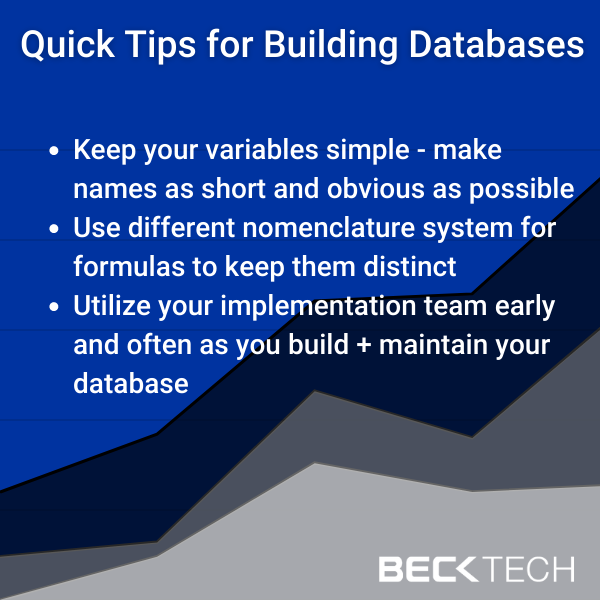Tips and Tricks for Building an Estimating Database
We’ve said it once and we’ll say it again: one of the most essential keys to a robust preconstruction department is a centralized estimating database. You’re probably familiar with the reasons why—increased standardization, improved and more accurate predictions, talent retention, and an overall more streamlined workflow. For a more detailed case, click here. In the meantime, though, we’re not here today to talk about the myriad of benefits, we’re here to give you some tips and tricks when you’re building out a database.
When it comes to building a database, it doesn’t matter if it’s your first rodeo or your five hundredth—it’s always good to refresh what went wrong and what you want to do better, even if you have experience. Additionally, when you move to a consolidated estimating platform, there’s always going to be a bit of a learning curve as you’ll still need to either create or move a database into the new platform.
With that being said, let’s dive in!
1). Variables
When you begin developing your variables, there are a few key things to remember. First, make names as short and obvious as possible and use CamelCase. For example: OverExcav to be used for an Over Excavation waste factor= X*(1+(OverExcav/100)).
Secondly, be as generic as possible, and only add new variables as needed.
2). Formulas
Make sure that your formulas have a different nomenclature system so that it’s obvious when you’re viewing one. Also keep in mind that while you can bury formulas inside of formulas, that doesn’t necessarily mean you should! One layer deep isn’t bad, but burying something four to six layers deep can be a quick recipe for a headache.
3). Communicate with your implementation team
Most importantly, don’t forget that if you choose to make DESTINI Estimator your centralized estimating software of choice, you will have a dedicated implementation specialist ready to provide training and field questions. Don’t be afraid to utilize them. They’ll be critical as you build and then maintain your database, and they can help you navigate what you absolutely need in your data organization system as well as what you can leave behind.

-1.png?width=112&height=112&name=image%20(4)-1.png)
















